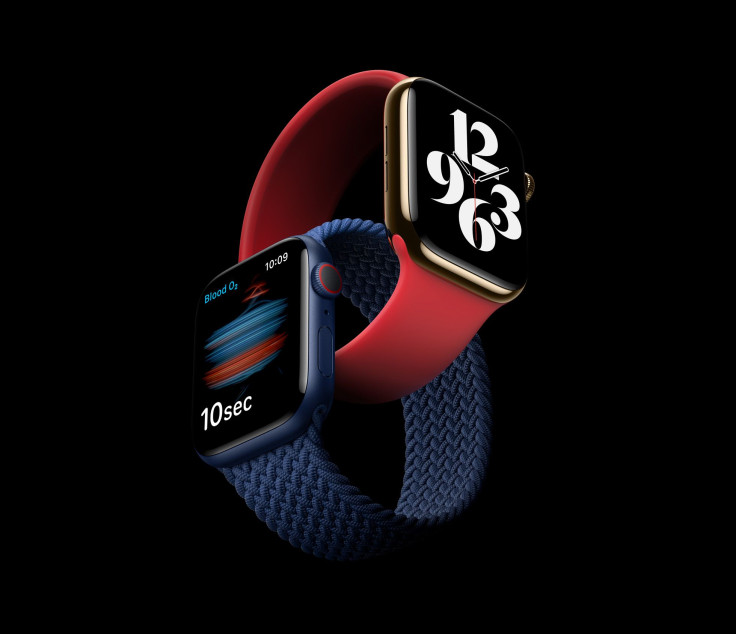Here's Why Apple Watch Series 6 Blood Oxygen Tracking Didn’t Need FDA Approval
Apple previously had to work hard at getting the Food and Drug Administration's (FDA) approval so that it can equip the Apple Watch with ECG features. The FDA approval meant that the feature, first introduced in the Apple Watch Series 4, can be used for medical purposes so that it can help users get a better picture of their health. The approval also means the feature can help medical professionals take better care of their patients.
Apple, however, didn't have to go through the same process of acquiring the FDA approval before being able to equip the new Apple Watch Series 6 with the much-hyped Blood Oxygen monitoring feature.
Why didn't the company need the FDA's approval?
It's simply because the Blood Oxygen monitoring feature found in the Apple Watch isn't designed for medical uses. Apple said it's simply meant to be used for “wellness purposes.”
Wait -- What?
Before Apple was able to equip the Apple Watch Series 4 models with the helpful electrocardiogram (ECG) feature, it had to acquire approval from the FDA in order to use it. This included submitting documentation proving that the ECG feature on the Apple Watch works just as well as other ECG devices in the market.
It, however, didn't have to go through the same process with the SpO2 monitor. The Verge reported that by saying the feature is meant for “general wellness” uses and Apple didn't need to get the FDA's approval anymore. This workaround, the report stated, allows the Cupertino tech giant to sell the device with the feature, as long as it doesn't market it as being used for “medical” uses.
Matt Grennan, assistant professor of health care management in the Wharton School at the University of Pennsylvania, told The Verge that the FDA doesn't regulate certain products, adding that it'd be difficult for the FDA to regulate all digital health products released in the market.
“If you’re just providing information, they’re not regulating that,” Grennan said.
Dangers
Apple's decision to skip FDA approval and call the Apple Watch's SpO2 monitoring feature as something that's “not intended for medical use,” however, could prove dangerous – especially to those who can't tell the difference between a feature used for wellness and another that's used for medical purposes.
“A lot of times, patients and consumers don’t really understand the difference. So they’ll start using the device and relying on the information,” Michael Matheny, co-director of the Center for Improving the Public’s Health through Informatics at Vanderbilt University, told The Verge.
Some reports indicated that the Apple Watch's SpO2 monitoring feature isn't really very accurate. The Verge, for example, said the feature is “unreliable.” MacRumors, on the other hand, added that “unusual readings” might be “potentially problematic and could lead to panic over nothing.”

© Copyright IBTimes 2024. All rights reserved.




















